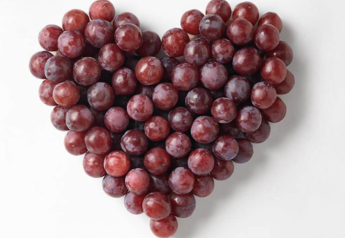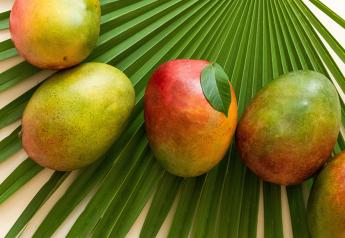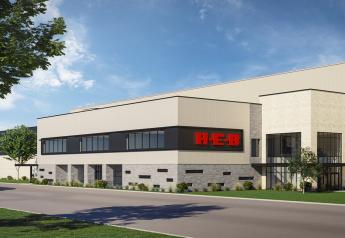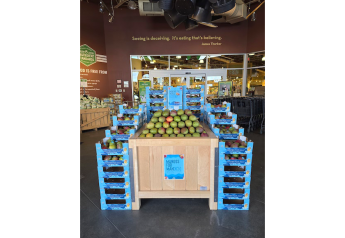University of Florida showcases advancements in the fight against citrus greening
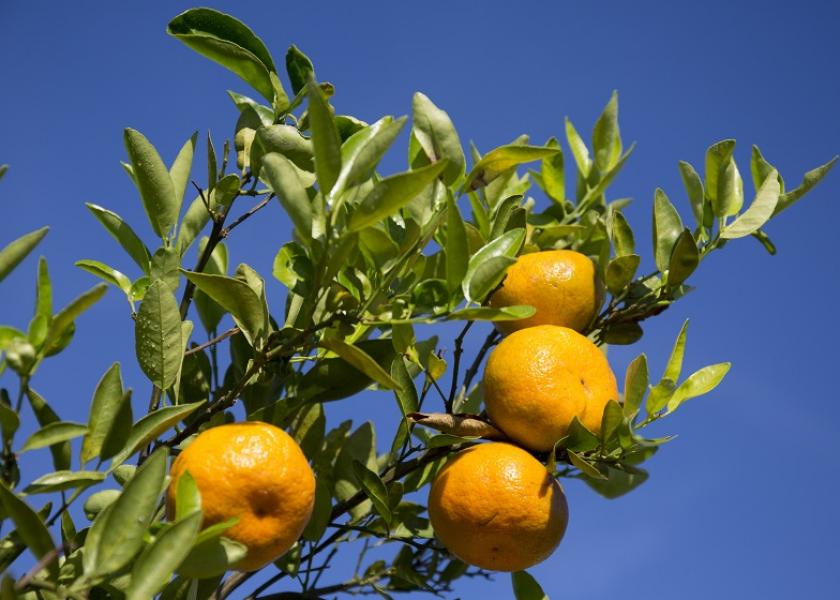
While no solution for citrus greening has been identified, scientists continue to make progress toward producing workable tools to manage the disease.
To this end, the University of Florida’s Institute of Food and Agricultural Sciences is hosting an open house and field day on November 16 that will feature 20 hands-on exhibits showcasing the latest research findings. These findings include ways to help growers keep their diseased trees productive, increase yield, fight fruit drop, manage various diseases, and provide the right nutrition and irrigation to keep their citrus trees productive.
Specifically, some of this work includes research in incorporating the genes of Australian citrus species, how gibberellic acid can help improve tree health, and rotating insecticides.
Peter Chaires, executive vice president of Lakeland, Fla.-based Florida Citrus Packers, said growers are engaging in intensive farming efforts to stave off greening. He said these practices are entirely different than operations used 10 years ago, but growers have been remarkable in the way they have adapted. Some of these practices include constantly monitoring the nutritional needs of the trees, he said.
These efforts have paid off in increased volume.
“We are not getting as much volume as prior to greening, but we are better than five years ago,” said GT Parris, commodity manager for Seald Sweet. “We are learning how to manipulate it and battle it.”
Chaires said as growers order new trees, they are using different root stocks and root systems that enable the trees to be more robust and resilient to the disease.
“We are doing the best we can to manage (greening), and we have been blessed as an organization to have good quality fruit to provide,” said Al Finch, president of Dundee, Fla.-based Florida Classic Growers.


